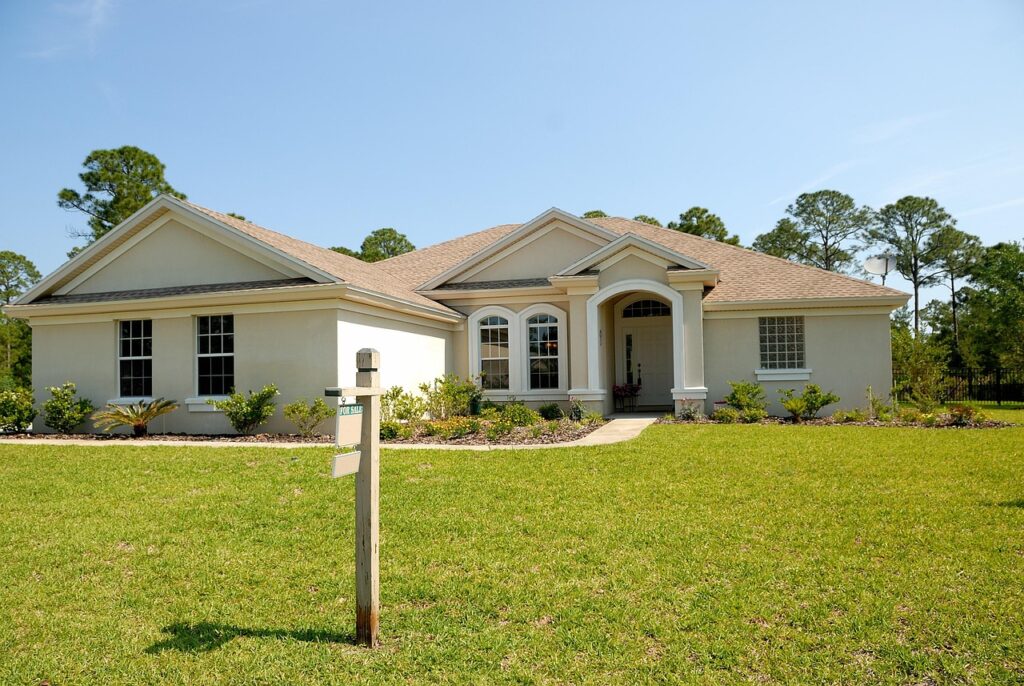A reverse mortgage in British Columbia allows homeowners aged 55 and older to access a portion of their home equity without the need to sell their property or make monthly payments. This financial option converts home equity into tax-free cash, providing flexibility for retirement income, debt relief, or lifestyle needs while the homeowner continues to live in their residence.
The loan is repaid only when the homeowner moves out, sells the house, or passes away. Reverse mortgages in BC typically allow access to up to 55% of the home’s appraised value, making it a practical tool for those looking to improve their financial situation during retirement without sacrificing homeownership.
Understanding the rules, benefits, and impact on inheritance is crucial before deciding if a reverse mortgage is the right choice. Many local lenders and mortgage brokers offer tailored guidance to help homeowners navigate this option effectively.
Understanding Reverse Mortgages in BC
Reverse mortgage BC allows homeowners aged 55 and older to access their home equity without selling their property or making monthly loan payments. This financial tool involves specific eligibility criteria, different types of loans, and both key benefits and risks that must be carefully considered.
What Is a Reverse Mortgage?
A reverse mortgage is a loan available to homeowners aged 55 or older, enabling them to convert part of their home’s equity into tax-free cash. Unlike traditional mortgages, repayments are deferred until the homeowner sells the property, moves out permanently, or passes away.
The loan amount depends on the home’s value, the homeowner’s age, and current interest rates. The homeowner can receive the funds as a lump sum, monthly payments, or a line of credit. The property remains the homeowner’s residence, and ownership is retained throughout the loan term.
Eligibility Requirements in British Columbia
To qualify for a reverse mortgage in BC, the homeowner must be at least 55 years old. The property must be the primary residence and meet certain value minimums, as lenders typically require sufficient home equity.
Eligible properties generally include single-family homes, townhouses, and condominiums. Lenders may exclude certain types of properties, such as commercial or recent construction without sufficient equity. Applicants must also pass a financial assessment to ensure they understand loan terms and associated obligations.
Types of Reverse Mortgages Available
The most common reverse mortgage product in BC is the Home Equity Conversion Mortgage (HECM) offered through federally regulated lenders. Private reverse mortgages are also available but may have different terms and costs.
Options for fund disbursement include:
- Lump-sum payment: One-time cash payment.
- Monthly advances: Regular payments for steady income.
- Line of credit: Flexible access to funds when needed.
Each type offers varying flexibility, cost structures, and interest accumulation methods, allowing homeowners to choose based on their financial needs.
Key Benefits and Risks
Benefits:
- Provides tax-free cash without selling the home.
- No monthly mortgage payments required; repayment is deferred.
- Homeowners retain property ownership and residency.
Risks:
- Interest and fees accumulate, reducing home equity over time.
- Loan repayment is triggered by sale, permanent move, or death.
- High fees and interest rates compared to conventional mortgages.
- May affect eligibility for certain government benefits.
Understanding these factors helps homeowners evaluate if a reverse mortgage suits their financial situation and long-term goals.
Applying for a Reverse Mortgage in British Columbia
The process of applying for a reverse mortgage in British Columbia involves several defined steps, specific document requirements, and an understanding of associated costs. Applicants must prepare carefully to ensure eligibility and choose the best lender for their situation.
Application Process Overview
Applicants typically start by contacting a lender or reverse mortgage provider in BC, such as HomeEquity Bank or other private lenders. They receive counseling or guidance to understand the product and its impact on their finances.
The homeowner must be at least 55 years old and the property located in British Columbia. After the initial inquiry, an application form is submitted alongside required documents.
The lender conducts an appraisal of the home to determine its market value. This is often paid upfront or deducted from the loan proceeds.
Once approved, the funds are disbursed either as a lump sum, monthly payments, or a line of credit. The process can take several weeks depending on the lender’s requirements.
Required Documentation
Applicants need to provide proof of age, usually with a government-issued ID showing they are 55 or older.
Proof of home ownership and the property’s legal description must be provided. This may include a title deed or property tax statements.
A recent home appraisal or valuation report is often required to determine loan eligibility. Some lenders request the applicant to arrange this, while others handle it.
Applicants must disclose current mortgage balances and any other liens or outstanding loans on the property. This helps in calculating the maximum amount they can borrow.
Proof of residency and financial documentation may be necessary to ensure the borrower can cover property taxes and insurance.
Typical Fees and Interest Rates
Reverse mortgage fees in BC usually include an appraisal fee, which can range from $300 to $500. This may need to be paid upfront.
Administrative fees or lender processing fees generally vary but often fall between $1,000 and $2,500.
Interest rates for reverse mortgages are typically higher than traditional mortgages. Fixed rates can range from 5% to 7%, while variable rates often start lower but can fluctuate.
There are no monthly repayments required; interest accrues and is added to the loan balance, which is repaid when the homeowner sells the property or passes away.
Example fee structure:
| Fee Type | Typical Cost |
| Appraisal Fee | $300 – $500 |
| Admin Fee | $1,000 – $2,500 |
| Interest Rate (Fixed) | 5% – 7% |
Understanding fees and rates clearly helps homeowners assess if a reverse mortgage fits their financial goals.



